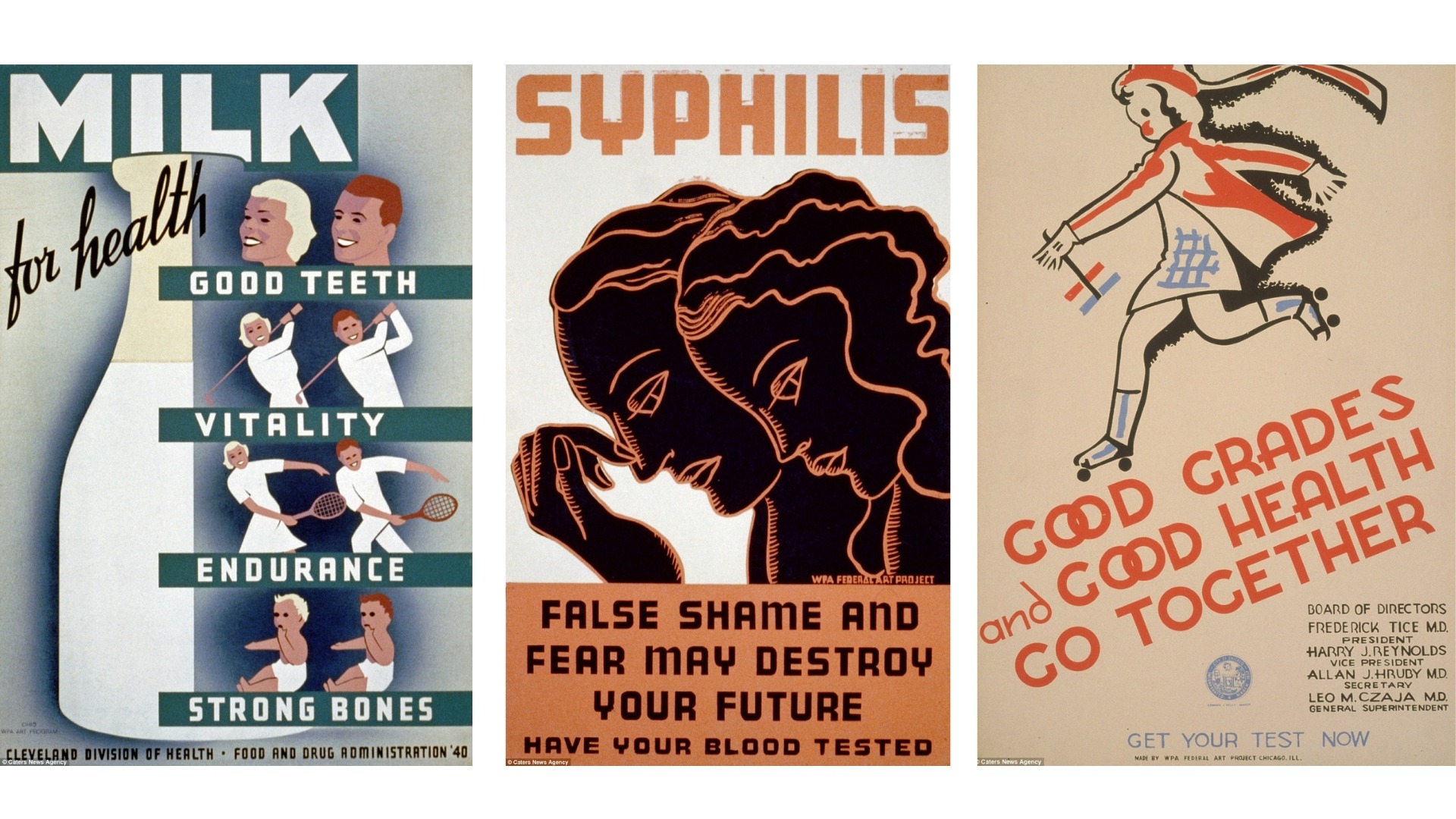Over the last few months coronavirus has taken over the news agenda with a focus on stories across all industries relating to the health pandemic. However, this is not an opportunity for every brand to jump on the COVID-19 bandwagon.
At any time, communication must be considered, authentic and sensitively told, but even more so in these heightened times of concern. This will ensure that brands don’t commit some of the faux pas’ we have witnessed recently, and find themselves on the receiving end of the wrath of a journalist and a public shaming on Twitter.
Fear not, it’s not all doom and gloom. Good stories should still be told, whether COVID-19 related or not. Here are my key things to consider to help navigate these strange times and responsibly gain cut through to secure coverage.
Question your media strategy
A media strategy is never set in stone, so you may wish to reflect on whether this is the best approach and/or time to share your story.
Things to consider:
- Is the story time-sensitive? Is it tied to a milestone (e.g. NICE approval) or publication date you can’t control?
- What are you trying to say and which journalists really needs to know this information?
- Are you targeting the right media or journalists and how will they interpret your story?
- Does it have relevance in the current media landscape?
We know that the majority of journalists will be focused on covering stories with a COVID-19 angle, however there is still space for a newsworthy story that is not COVID-19 related, especially if it’s a genuine breakthrough, in the public’s interest or a first of its kind innovation.
You can test the newsworthiness of your story and strategy by asking questions such as, why does it matter and why should anyone care e.g. it improves clinical or patient outcomes, changes standard practice or encourages behaviour change, what is new and unique, and what this will achieve for the end user/target audience?
This can help you decide the strength of your story and whether you need to adapt it or alter your media strategy accordingly.
So, what’s the alternative?
If an approach to health news journalists isn’t quite right, there are other routes to consider depending on who your target audience is and what you hope to achieve, whether its related to the current situation or not. For example:
- News: Can you change the story angle for business, sustainability/environment journalists etc.
- Features: Can you offer feature journalists a more in-depth piece about a particular topic
- Regional media: Can you tailor the story for regional or local media?
- Broadcast media: Can you approach broadcast (TV and Radio) media with a strong visual story?
- Industry media: Can you target relevant industry (e.g. healthcare professionals, NHS decision makers) or trade (e.g. med-tech, pharmaceutical) media?
- Corporate profiling: If it’s not the right time for a news story, can you use this to secure interviews or features with corporate/business media?
All the T’s
Tone, timing and tailoring are key to any good media strategy.
Media relations isn’t an ‘off the shelf’ package. This is especially true for healthcare, which has its own challenges compared to other industries.
In the UK we have a vast pool of media outlets that we can approach. However, due to the nature of the news cycle and limited resources, health journalists are over-stretched and time-poor. Therefore, any communication needs to be tailored, ensuring your approach considers how they like to be approached e.g. via email, social media, phone etc., the types of stories they cover and their audience. It sounds obvious, but you have to read the publication, understand what they cover and how.
It’s also important to think about when you contact the journalists to get the best response. They work different shift patterns and editorial planning meetings (where they pitch stories to the Editor), priorities and deadlines. So, make sure you are aware and prioritise who you engage with.
This guidance doesn’t change because of COVID-19, but you are fighting harder for the journalist’s attention to secure coverage.
Are you ready to react?
As well as proactively going out to media, there are occasions to react to and leverage a relevant news story, issue that has arisen or even publication of a new report to secure coverage for?
However, in order to gain any traction, you must be saying something new and providing a different perspective that can credibly add value to the conversation and build on the story.
It is an opportunistic approach that must be done with caution and should be carefully considered to ensure it is not seen as profiting from others misfortune.
Above all, don’t try to shoehorn your story into the current narrative if it isn’t a natural fit. Authenticity is key to engage the journalist and to protect your integrity, especially at a time where we must all employ a human empathetic approach.
If you would like help in developing your story, media strategy and securing quality editorial coverage to engage your target audiences, please don’t hesitate to get in touch.
By Nina V.

